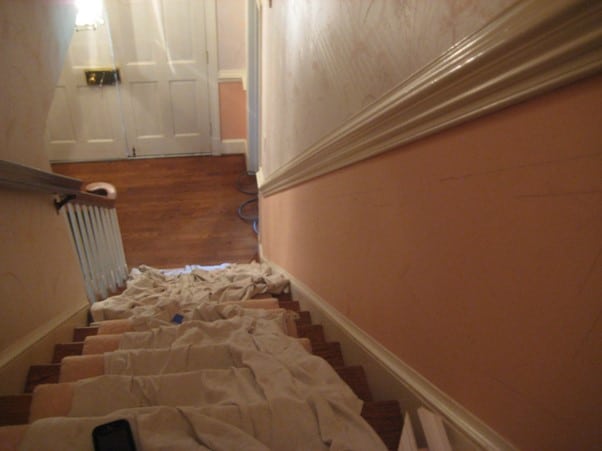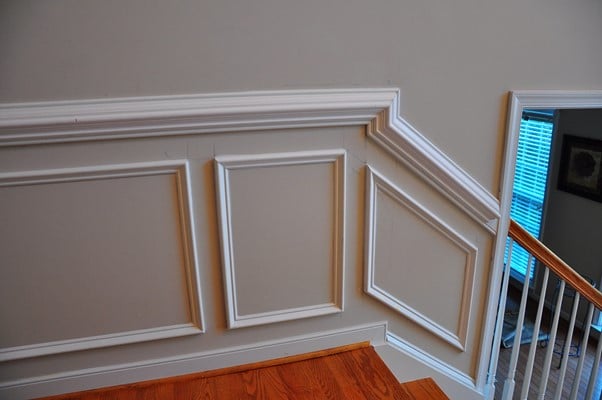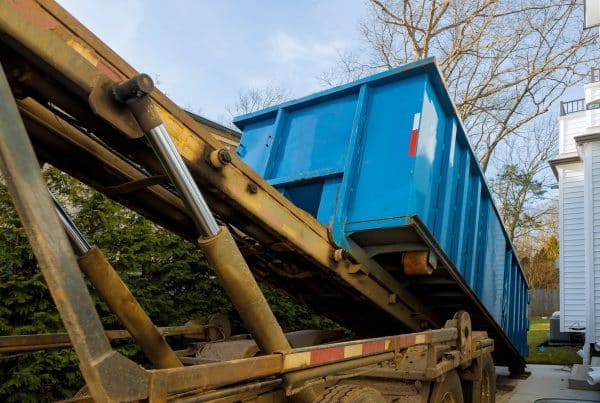We are constantly being asked if crown molding can be used as a baseboard. If you have crown moldings in your home, then it’s possible to do this.
However, the cost of installing and finishing is going to skyrocket when using this method because of the need for multiple materials.
And even though you may not want them, there will be additional expenses for trim boards and floorboards due to the added height needed with crown moldings.
The answer is that it depends on what look you’re going for! Crown moldings come in an array of different styles and textures that allow you to customize your home to your taste.
from intricate designs all the way down to smooth lines. It all comes down to whether you like how they look with other parts of your home.
Can Crown Molding Be Used as a Baseboard?
Firstly, crown moldings are not inexpensive to install or purchase in the first place which is going to add additional expense when you already need a baseboard and trim boards due to the height increase with this method of installation.
so, if you have the money for it, yes! A large amount will be needed to install and finish this project due to the need for multiple materials such as trim boards and floorboards.
It depends on what look you are going for. If you like how they look with other parts of the home, then this is an excellent option to add detail and character.
Why Would You Want to Use Crown Molding as a Baseboard?

Crown moldings are a great way to add detail and character to your room. It can be used as the baseboard if the look is desired! Some may prefer not because there is an increased cost for materials and installation.
How to install it?
The installation process for a baseboard is the same as it would be with a regular baseboard. but is more tedious and the result will be more costly than a regular baseboard due to needing multiple materials such as trim boards, floorboards, and crown moldings themselves.
- First, purchase your crown molding from your local hardware store and cut to length.
- You should also have them rout out the profile of the cabinet on all four sides so that it doesn’t get damaged during installation.
- Once you have your piece cut, routed, and ready for installation, take it over to the wall and place one end on your floorboards.
- Make sure that it’s lined up correctly with where you want it before drilling the mounting holes.
- From here, use shims or blocks to hold in place while you drill through the drilled hole using a 3/8″ drill bit.
- After this, you will use a small baseboard stop or the same size as the mounting hole to cover up any gaps.
- Finally, secure your crown molding in place by driving screws through from underneath and into the mounted studs on the wall. Be sure there is enough room to get a drill bit inside of it and that it is screwed in place securely.
What Are the Advantages of Using This Type of Molding Instead of The Traditional Baseboards?
- Creates a more elegant look.
- Can add detail and character to the room.
- Reduces the need for baseboard moldings.
- Additional trim boards and floorboards needed.
- Can add detail and character into the room without much effort.
What Are the Disadvantages of Using This Type of Molding Instead of a Traditional Baseboard?
- More costly to install due to the need for more materials such as trim boards, floorboards.
- It’s not common in most homes because it is an added expense that may be too high for the budget.
- There may be added difficulty with the installation process due to needing more materials and measuring for multiple types of boards.
If you want something that looks more uniformed throughout your home, then I recommend using baseboards instead of crown moldings because they’re cheaper and easier to find.
What Kind of Tools You Will Need (Screws, Drill, Etc.)? And What Materials You’ll Need (Crown Moldings)?
- Drywall should be used to modify the height of a room.
- A utility knife or saw will also be needed to cut the moldings to length, and then screws, drill, and shims or blocks will need to be purchased.
- To make the installation process less tedious, have an extra person help you hold shims while you drill from underneath.
Frequently Asked Questions
Can I Use Crown Moldings as Baseboard Without Adding Shims?
No. Crown moldings are usually installed at 90 degrees and the baseboard is level with the wall. Most crown moldings are too thick to work properly with a standard baseboard (around 2″). Shims can be cut from any material, but they won’t look as good as molded shims, which are manufactured specifically for this purpose.
Where Can I Buy Them Locally and How Much Does It Cost to Install (Include Materials)?
To buy them locally -only from big box stores- for about $5-$12 per linear foot of molding. The cost to install is around $1-$2 per linear with basic tools at home or $4-$6 with everything needed for a professional looking job.
What Is the Difference Between Just a Regular Trim Board and This Type of Trim Board?
Crown molding works with other architectural details such as the cornice and frieze which together create a decorative horizontal band of crown molding along the ceiling line. The goal is to unify structure and decoration.
Regular trim boards are simply pieces that attach to the wall edge vertically while baseboards would install at the floor level for trimming around windows, doors, etc.
Along with Baseboards, Water butts also serve an important function in preventing water build-up in your home by diverting rainwater away from coming inside through gaps where it might cause damage over time.
What Kind of Problems Can Arise When Using Crown Moldings Instead of Baseboards?
There are several issues that can arise when using crown moldings instead of baseboards:
- Irregular gaps where they don’t sit flush against the wall.
- Overhang that hangs off the edge of the floor
- Lack of structural support.
When Should I Replace My Baseboard?
Baseboards should be replaced when they no longer serve their purpose. This is usually due to the boards buckling or warping over time. This will lead to cracks on the sides of the wall, and it will also cause damage to the flooring and furniture. When this happens, replace your baseboard to make sure that everything is protected.
Conclusion
If you’re looking for a budget friendly way to cover up the baseboards on your walls, then crown molding may be an option.
However, before making this decision it is important to consider how much of an impact this type of installation will have in terms of home value and design.
Crown moldings are mostly used as decorative features and can create a more elaborate look when installed at the top or bottom edge of wall surfaces.
Depending on what style you want to go with, installing one could work out well.
But keep in mind that these types of installations usually don’t provide any insulation benefits like traditional baseboard styles do so if that’s something you need protection from during winter months then you might want to think about going another route.








